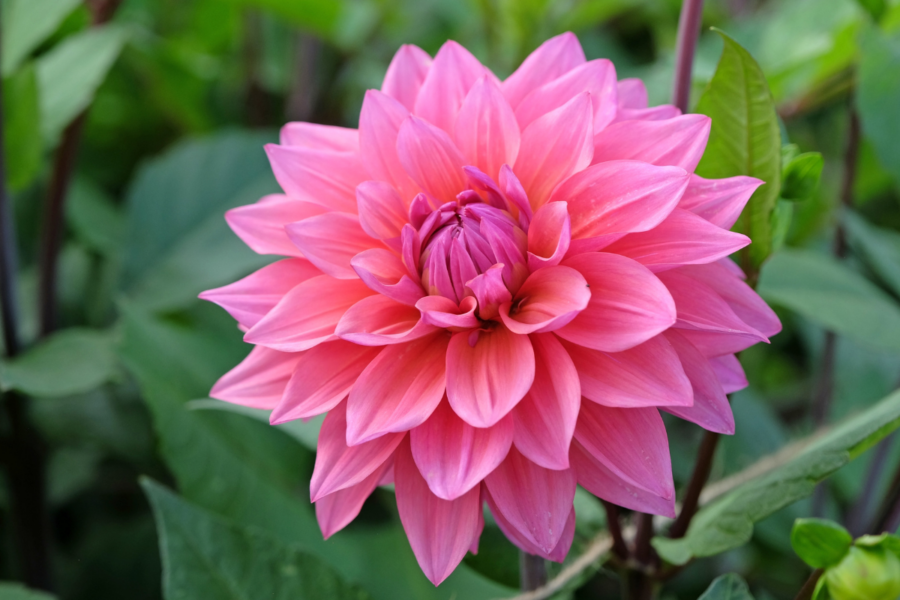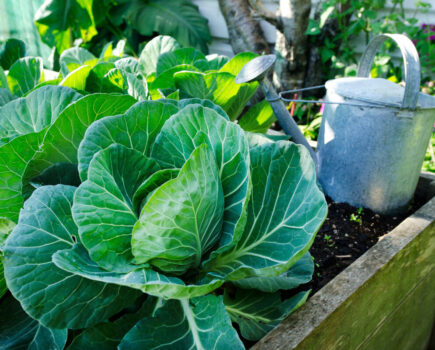These glossy gaudy heroes will bring colour until the autumn
Dahlias and canna lilies give us some of the most spectacular and long-lasting colour that brightens our gardens from late summer right through until well into the autumn. If, like me, you brought yours undercover for the winter and restarted them into growth a few weeks ago, they should be growing well with plenty of new shoots.
In warmer, more sheltered areas of the UK you can start thinking about moving them outside now, but in more northerly or exposed gardens it is safer to wait until the threat of late frosts has passed. Canna lilies and dahlias both do best in a sunny, sheltered spot with enriched, free-draining soil. Check whether you have large or dwarf varieties and position them towards the back or front of borders accordingly.
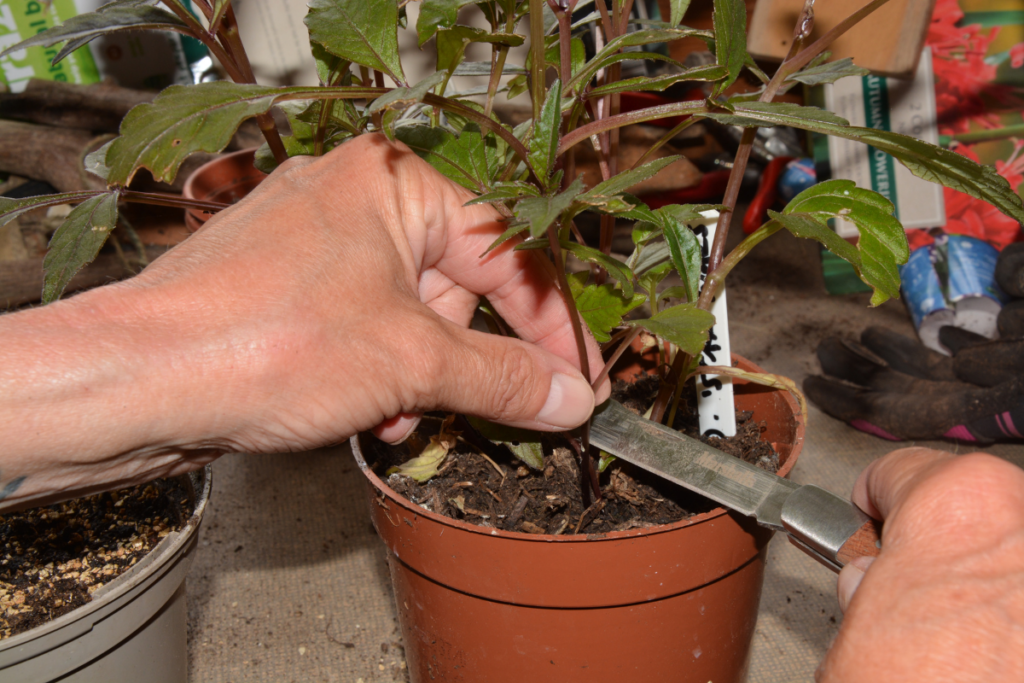
Both will also grow well in patio containers, but make sure you feed them regularly – cannas in particular are less likely to flower if they go hungry. Dahlias also need protection from pests including sometimes earwigs, which although useful as predators elsewhere in the garden, seem to like hiding in leaves and petals.
I like to take cuttings from dahlia shoots, cutting a few from each parent plant and potting them up in seed compost that has been mixed with vermiculite or grit.
Seal the pot in a bag and keep the compost moist, not soggy, and new plants will soon grow.
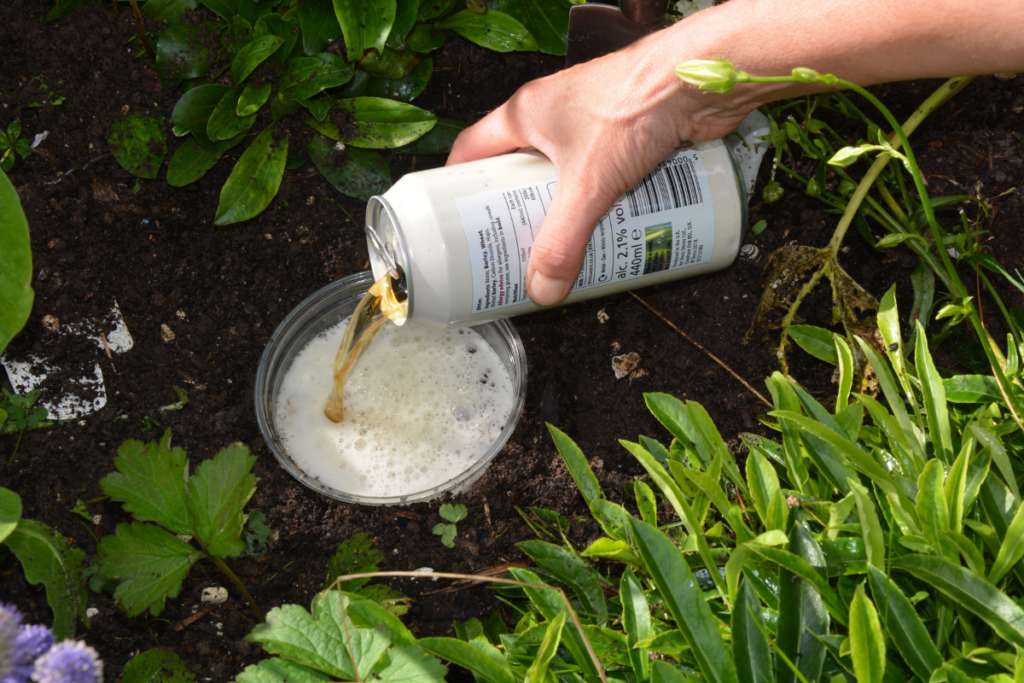
Patrolling for pests
Natural ways to protect plants
- The recent warm damp weather has given plants a growth spurt – but also brought the pests out to play.
- All the fresh new growth is their equivalent of an ‘all you can eat’ buffet, so it’s time to take steps to make sure a few pests don’t become an infestation.
- Natural methods and deterrents work best because they help to keep plants safe and also leave the critters in the food chain for their predators to tuck into.
- Slugs and snails can be beaten using beer traps or by placing orange peel or cabbage leaves from kitchen waste on the soil.
- The pests will crawl underneath them at night and they can be easily removed next morning.
- Wiping aphids off plants with your fingers is an easy way to tackle them if done regularly, and jets of water will blast them off more sturdy plants.
- A company called Grazers makes a wide range of deterrent sprays for everything from slugs and pigeons to cabbage white butterflies. I use their lily beetle deterrent every summer and it works a treat.
How to plant up a summer hanging basket
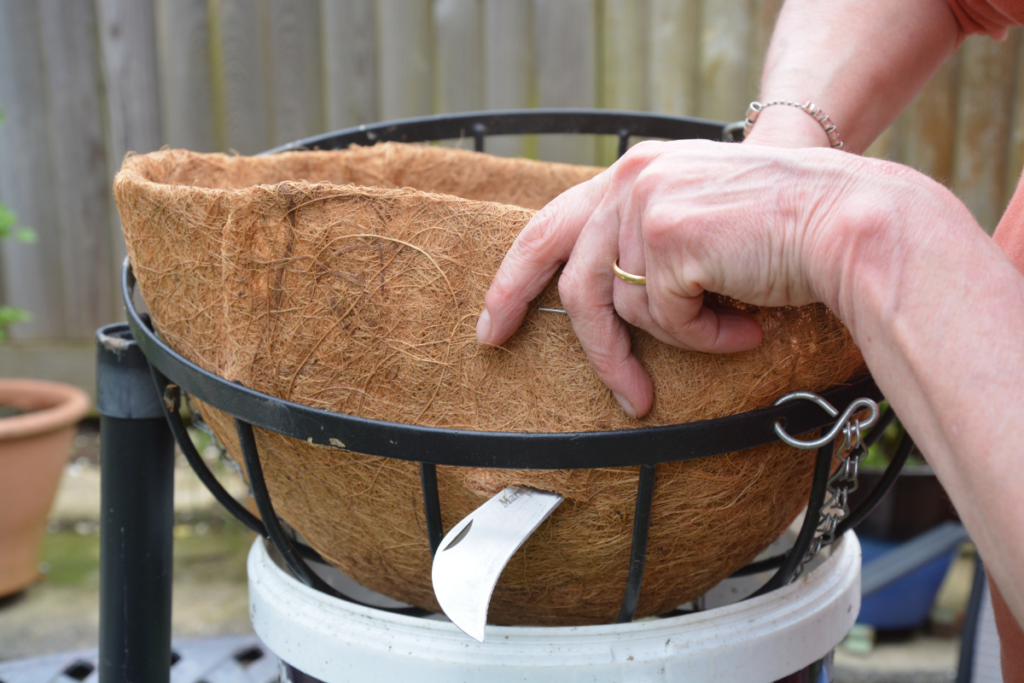
1. Raise the basket on a pot so it’s easier to work with and carefully cut through the lining for trailing flowers.

2. Add some compost, then wrap the roots of trailing plants in a bag or cling film and slip them through the cut holes.
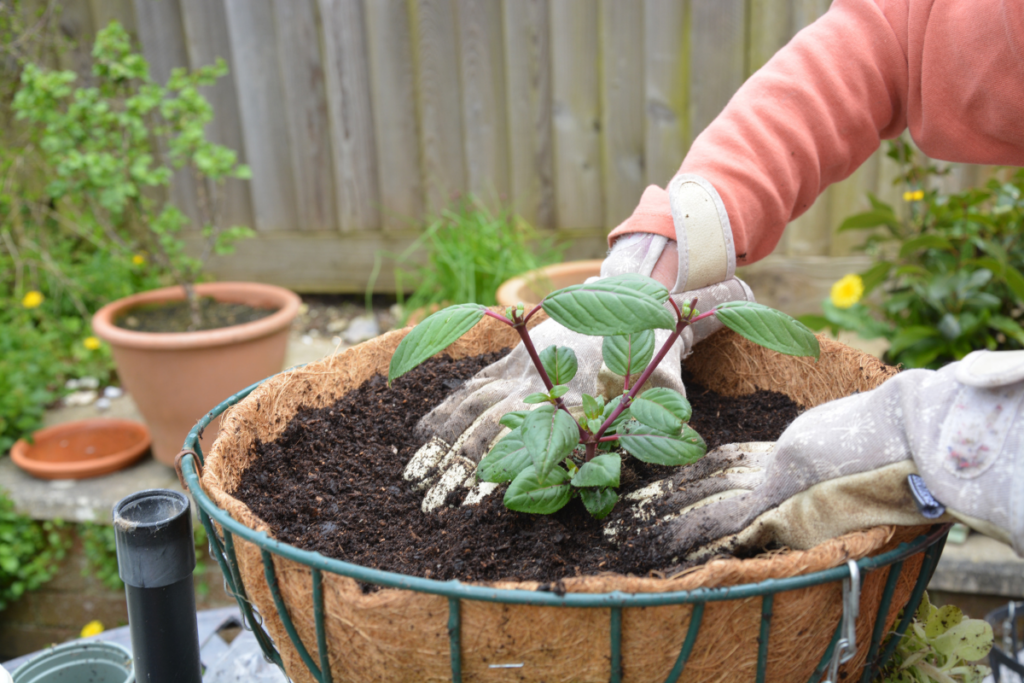
3. Remove the cling film/bag and cover the roots with compost before adding your central plant – I used a fuchsia.
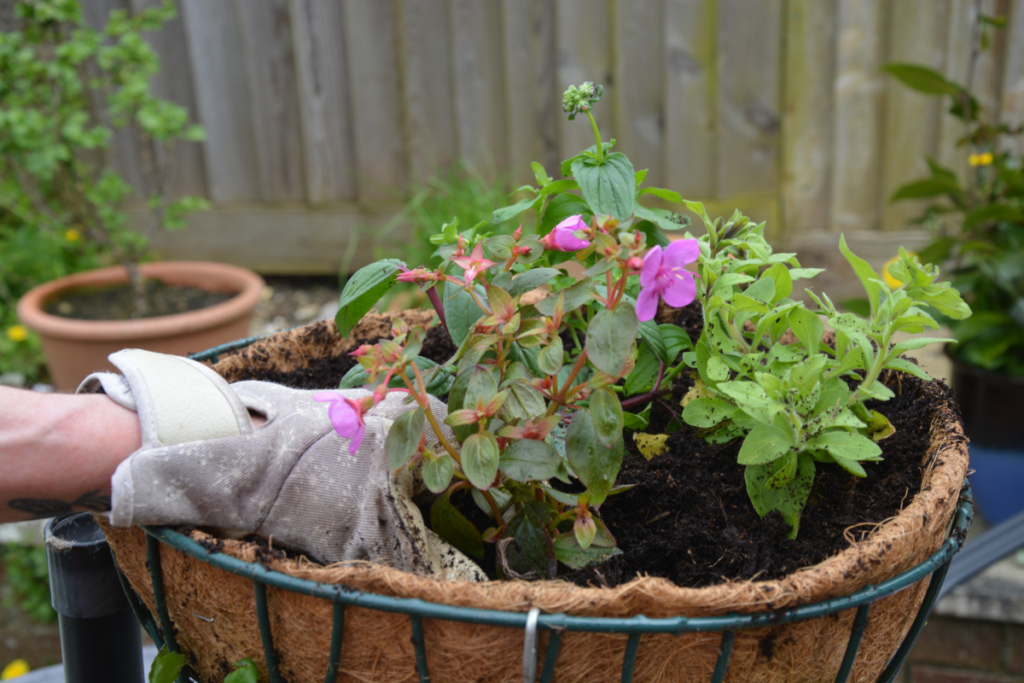
4. Add the rest of the top plants around the edge. Don’t worry about gaps, they will fill as the plants grow.
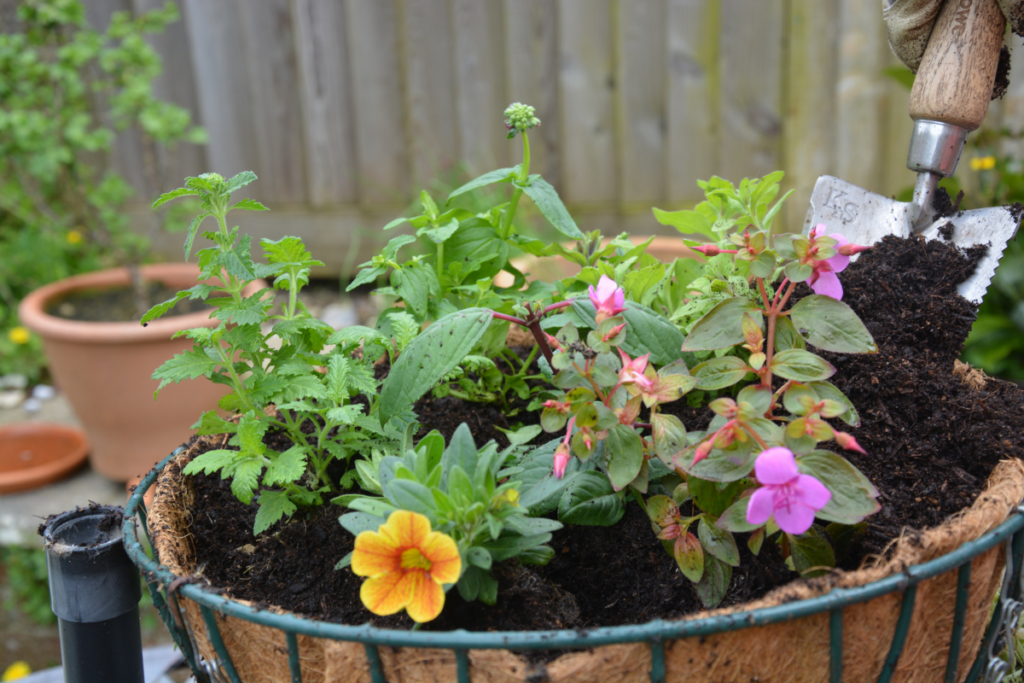
5. Add a little more compost between the plants if needed and gently firm it down to hold the plants in place.
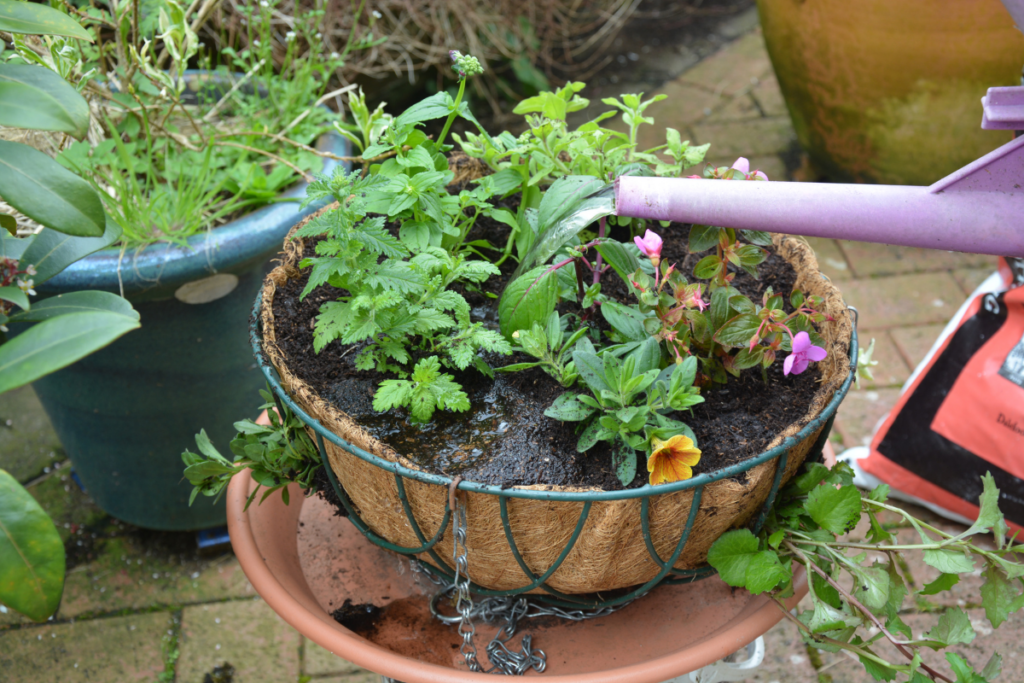
6. Water well and hang your basket in a sunny sheltered spot. Feed and water regularly as house eaves may block rainfall.
Find more tips, advice and articles like this at the Amateur Gardening website. Subscribe to Amateur Gardening magazine now.

